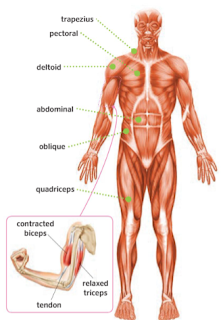Dear students! Here you have some optional practice. Although, it is a great opportunity! It´s time to practice the creation of different sentences through sentence transformation:
Change this sentence below into the following verb tenses:
She pays the bills when they tell her.
1.Present simple negative: On tuesdays,_____________
Present simple interrogative:_____________________________
2. Past simple affirmative: Yesterday, ____________________
Past simple negative: __________________________________
Past simple interrogative: ________________________________
3. Present Perfect affirmative: This week, ___________________
Present Perfect negative: ___________________________________
Present Perfect interrogative:________________________________
4. Present Continuous affirmative: Right now,_________________
Present Continuous negative: ________________________________
Present Continuous interrogative:_____________________________
5. Past Continuous affirmative: Last night,_____________
Past Continuous negative: __________________________________
Past Continuous interrogative:_______________________________
6. Future simple affirmative: Tomorrow,_____________________
Future simple negative: ____________________________________
Future simple interrogative: _________________________________
7. Past Perfect affirmative: Last Monday,_______________
Past Perfect negative: ____________________________________
Past Perfect interrogative: __________________________________
8. Create a setence with second conditional (you can invent it)
(If+ subject+ past simple; Subject + would + verb base form (infinitive) )
Affirmative:___________________________________________
Negative: _____________________________________________
8. Create a setence with third conditional
(If+ subject+ past perfect; Subject + would + have + past participle(3rd column)
Affirmative:___________________________________________
Negative: _____________________________________________
9. Create a setence with should or must
(If+ subject+ past perfect; Subject + would + have + past participle(3rd column)
Affirmative:___________________________________________
Negative: _____________________________________________
Interrogative: _____________________________________________
10. Create a setence with might or could
(If+ subject+ past perfect; Subject + would + have + past participle(3rd column)
Affirmative:___________________________________________
Negative: _____________________________________________
Interrogative: _____________________________________________
How many irregular verbs don´t you know?
Please, remember that you have to study them!!














